Heat pumps
Heat pumps are a low carbon form of central heating. They have a big part to play in Scotland’s net zero journey.
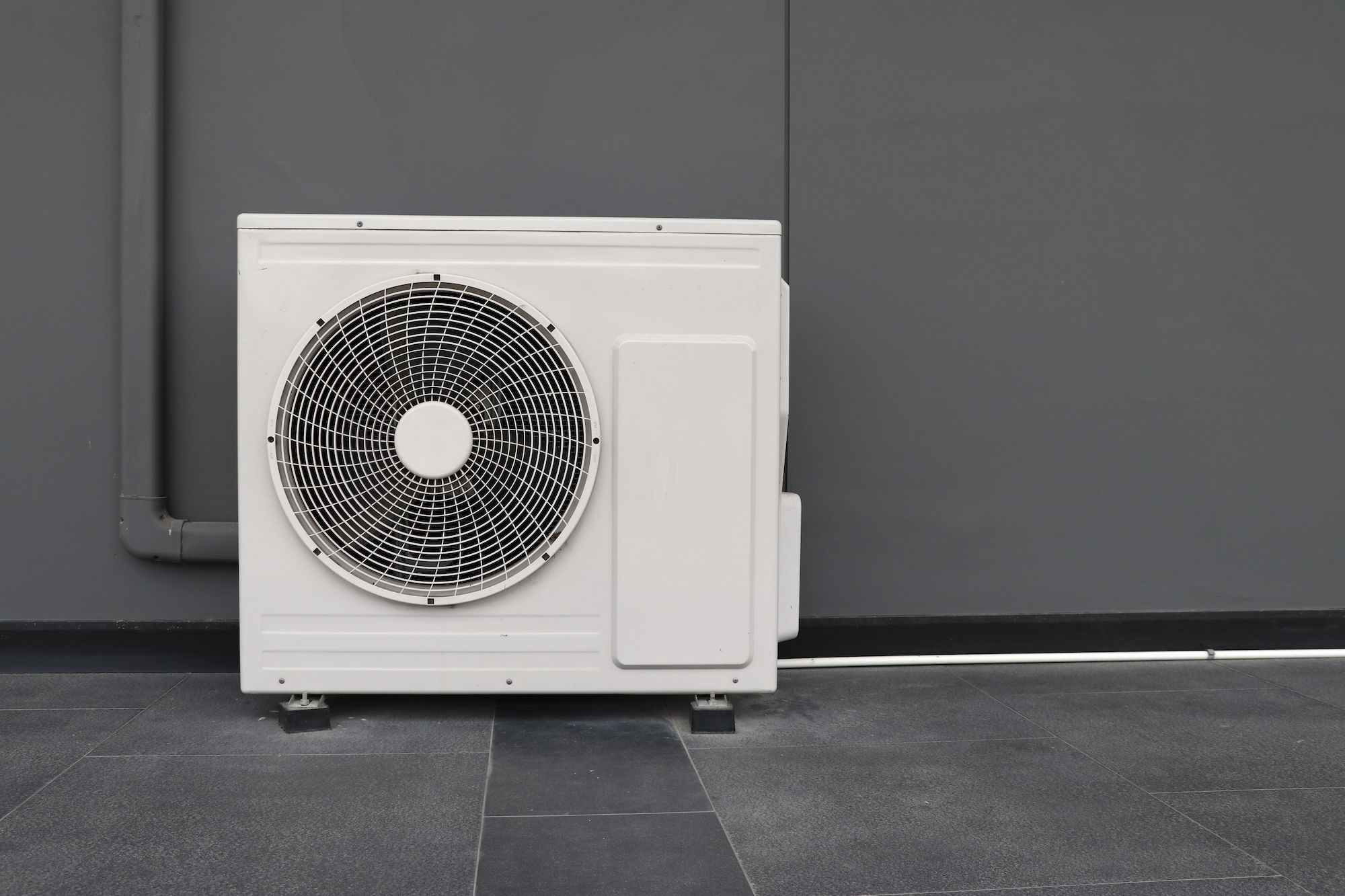
Although heat pumps have been around for a while, they’re still quite a misunderstood technology.
This guide will explain how a heat pump works, and help you decide if a heat pump is right for your home.
What is a heat pump?
A heat pump is a type of central heating system. It takes warmth from a source outside (the air, the ground, or water), boosts it, then sends this heat around our home.
Since a heat pump doesn’t produce any direct carbon emissions, it’s known as a Zero Direct Emission Heating system.
There are different kinds of heat pump. The three most common types are:
- Air source heat pumps, which get their energy from the air outside our home
- Ground source heat pumps, which get their energy from the ground around our home
- Water source heat pumps, which get their energy from such bodies of water as ponds, lochs, or rivers
Interested in finding out more about the different kinds of heat pump?
Check out the guides below.
Air source heat pump
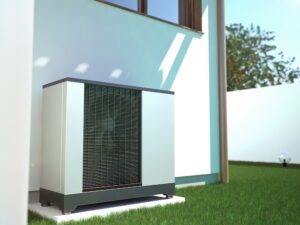
Ground source heat pump

Water source heat pump
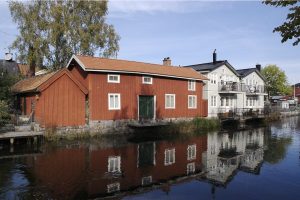
How does a heat pump work?
Put simply, a heat pump takes warmth from an outdoor source, heats it up some more, and lets us use that heat indoors.
As explained above, the heat could come from the air, water, or the ground.
Most heat pumps are part of a “wet” central heating system. That is, they transfer heat to water, which then passes through the pipework in your home. As the hot water flows though your radiators, it heats them up.
As well as heating, heat pumps can also provide hot water when used in combination with a hot water cylinder.
A heat pump makes use of the fact that when a gas turns into a liquid, heat energy is released. This heat energy is then compressed (squashed) to raise its temperature further.
Firstly, we need to create a gas. Heat pumps contain a refrigerant. This refrigerant has a very low boiling point. When heat from the air, ground, or water comes into contact with the refrigerant, the refrigerant boils, changing from a liquid to a gas.
Secondly, we need to raise the gas’s temperature. To do this, the gas passes through a compressor. Since the gas is now in a tighter space, its particles knock into each other more often. This creates more heat energy.
Thirdly, we need to make the gas give up its heat energy so we can use it in our home. To do this, the refrigerant gas passes through a condenser, which changes it back to a liquid. As this happens, heat is released.
Finally, that heat moves to where we need it in our home.
As the refrigerant is now a liquid, the cycle can start again.
Pros and cons of heat pumps
- Up to 400% energy efficient
- Low carbon
- Could save you money on your heating bills, depending on your current system
- You’ll probably need to upgrade your radiators
- Less efficient in poorly insulated homes
- Some types are very site specific, e.g. ground source and water source

Is a heat pump right for my home?
There are a few general things to take into account when thinking about installing a heat pump. We’ll look at these below.
There are also specific things to bear in mind depending on the type of heat pump you’re looking at (air, ground, or water source). Check out our other heat pump guides for further info.
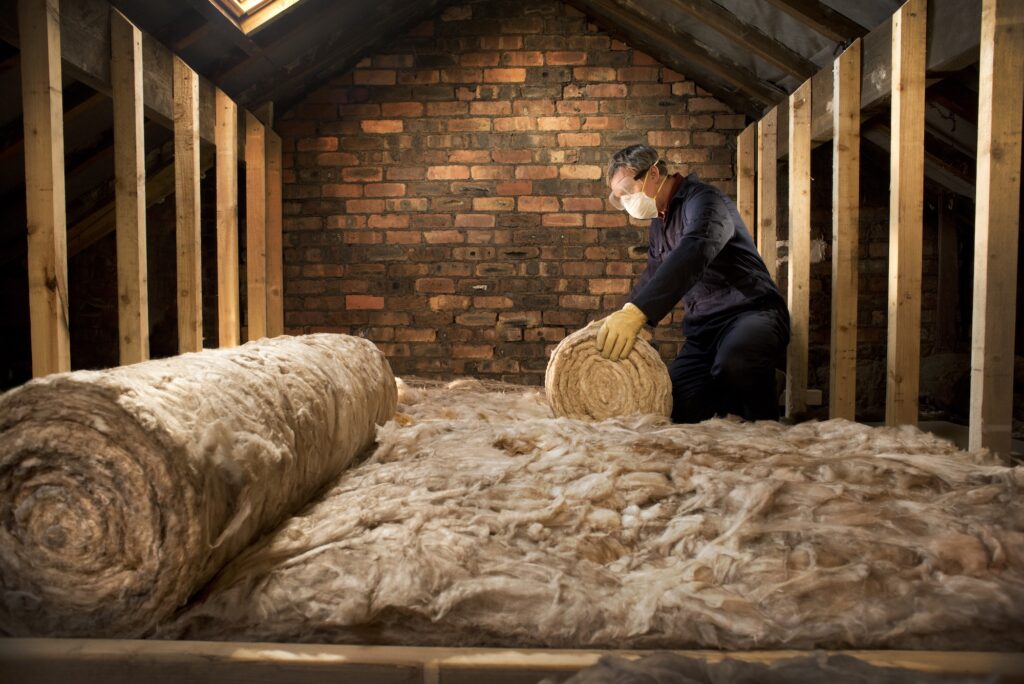
Heat pumps work best in well-insulated homes
Heat pumps have a lower flow temperature than gas and oil boilers. This means that the water a heat pump sends to your radiators is cooler (around 45 degrees) than the water a gas or oil boiler sends to your radiators (around 60 degrees).
A lower flow temperature means it will take slightly longer for your home to heat up. In a poorly insulated home, the heat isn’t trapped in the room for long enough to get up to the temperature you want. It’s already started leaking out of your home.
To find out more about insulation, see our insulation guides
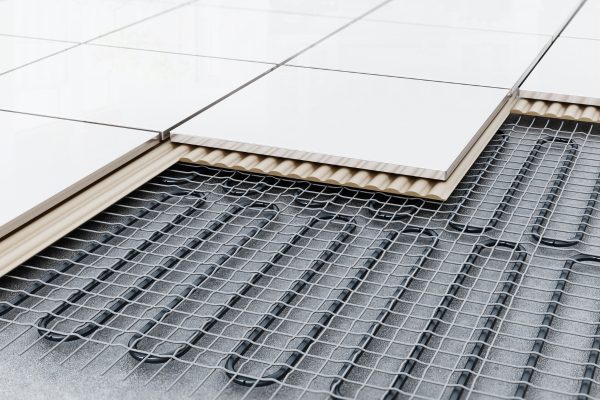
Radiators and underfloor heating
Because they have a lower flow temperature (see above), heat pumps work best if they have a large surface area to emit heat across. This means you’ll probably need to install radiators with a larger surface area.
Another way to increase the surface area of heating is to combine your heat pump with underfloor heating.
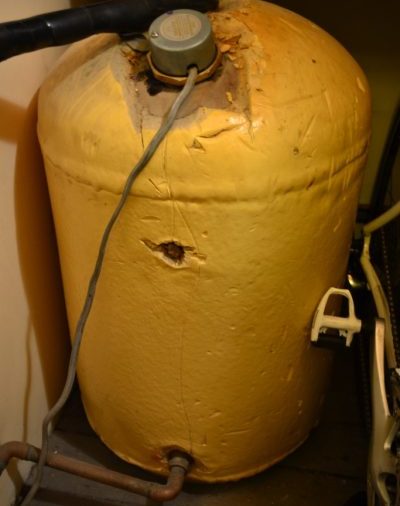
Hot water cylinder
Unlike combi gas or oil boilers, heat pumps can’t produce hot water on demand.
For this reason, if you want your heat pump to provide your hot water, you’ll need a hot water cylinder.
If you currently have a hot water cylinder, you may be able to adapt it to work with a heat pump.
Grant funding for heat pumps
Home Energy Scotland offer grant funding for heat pumps. If eligible, you can get up to £7,500 towards an air, ground, or water source heat pump.
There is additional funding if your home qualifies for rural uplift funding.
To find out more, contact Home Energy Scotland.
Air source heat pumps are also sometimes offered through government-funded energy efficiency schemes. Your local authority or their managing agent should contact you if an Energy Efficient Scotland: Area Based Scheme (EES: ABS) is running in your area.
Register your interest in EcoCosi from Changeworks
Find out more about how our home retrofit service can help make your home warmer and more comfortable, as well as lower your energy bills.

Changeworks delivers Home Energy Scotland in the south east and Highlands and Islands on behalf of the Scottish Government and Energy Saving Trust.
As well as providing free, impartial expert advice to thousands of people every month to help them to keep warm in their homes for less, they identify funding opportunities for households seeking to install energy efficiency measures.
For more information, give Home Energy Scotland a call on 0808 808 2282 or email and the team will be happy to help you.
Useful pages
Is this page useful?